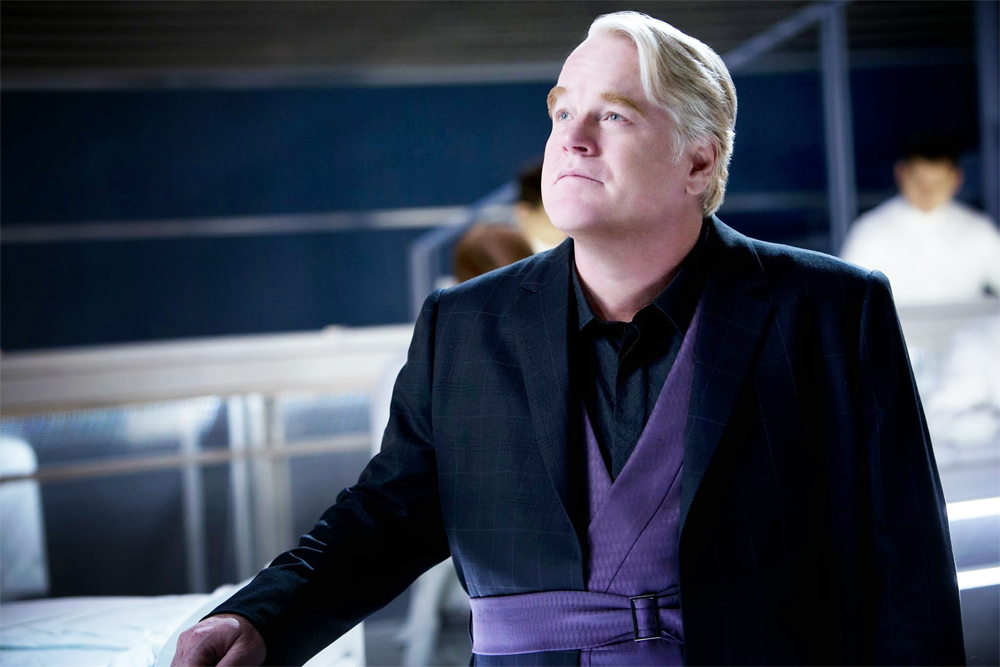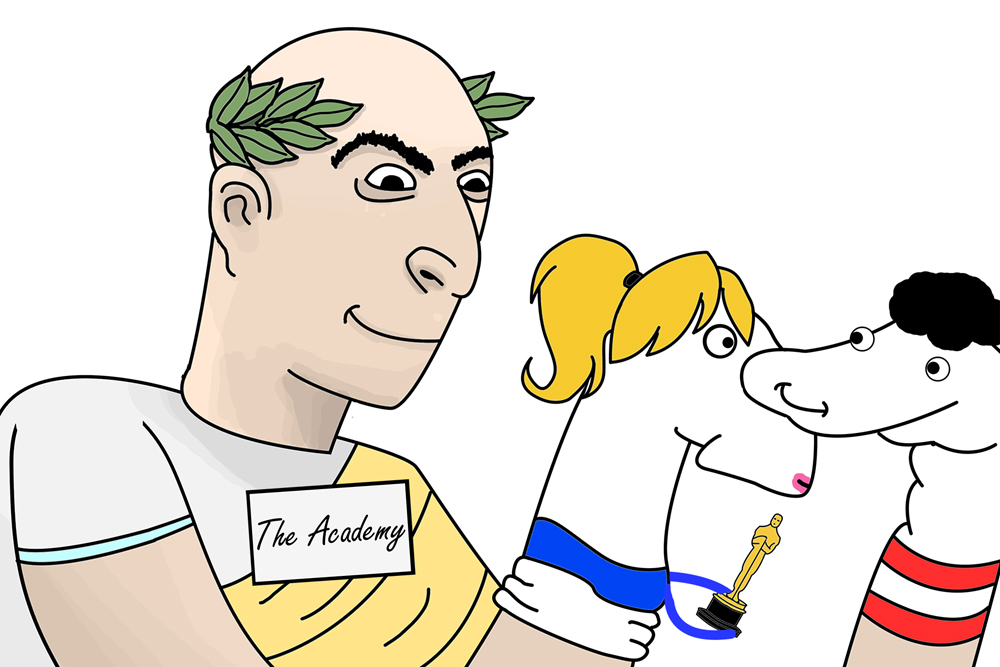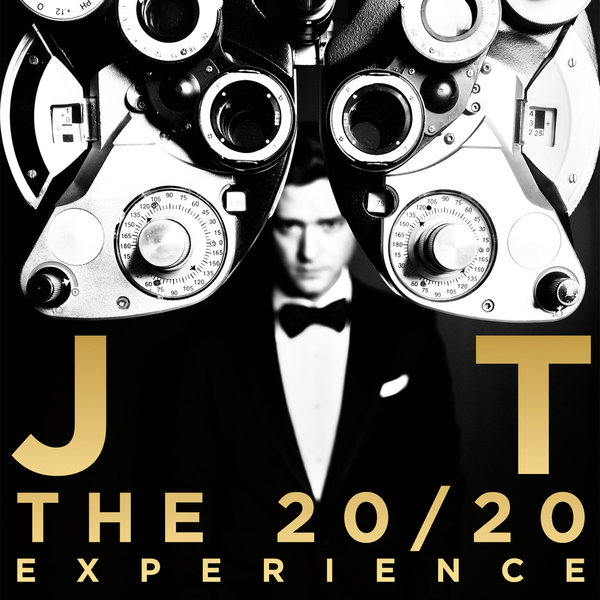After watching 12 Years a Slave, I’m sort of confused about how the public has responded. Lots of people are calling the film “torture porn.” Others concentrate on the film’s quality and its best picture odds. As one of my friends said to me last week, “The academy would be racist if it didn’t win,” which I find sort of paradoxical.
Here’s the thing: I think positioning the film in such a way—as deserving or undeserving of praise or any kind of heavy critical response—while not necessarily racist, is actually a dreadful misjudgment of the movie. In more ways than one, 12 Years a Slave and other films like it—stuff I like to call, because I’m not the most original at titles, historical document films—transcend judgments of quality. I say this because of the distinctive ways in which directors of successful historical document films treat the subject matter.
My two main examples here, Paul Greengrass’ 9/11 film, United 93, and Steve McQueen’s 12 Years a Slave, are made strictly on the basis of their stories—a quality which prefers, if not requires, very little invention. The historic position of these stories overrides all other filmic aspects, legitimizing the movies based solely on the events they depict. This lessens the impact of the writer, director and actors’ aesthetic spin, which are arguably the deciding factors of commercial film quality.
The creators, in these two cases, act accordingly. For United 93, Paul Greengrass pares down the events surrounding the plane crash to only those on 9/11 , using only the passengers and terrorists involved. The air traffic control perspective ends once all planes are grounded. The dramatization of the events at the World Trade Center does not continue past its relevance to the people aboard United 93. The film ends as the plane crashes. It does not provide the background to bring unnecessary elements in, only realistic small talk and the emotional effects of the occurrences on board.
The film also rejects the idea of adding aesthetic bells and whistles to the material, which should take it out of the commercial critical arena. While United 93 does maintain Greengrass’ signature use of the handheld camera, this works only as an effort to remind the viewer of the story’s reality. He forsakes Captain Phillips’ drawn-out storytelling or thrilling time and space play, which totally works for that movie. Captain Phillips is also based on a true story, but without the weight to make it a historical document film. United 93 gives sole priority to the event that validates the film’s existence.
Much of the same can be said for 12 Years a Slave. Gone are the strange philosophical musings of McQueen’s first film, Hunger, with its 20 minute mid-film dialogue, and the eccentricities of his second film Shame. 12 Years a Slave gallops through most of the film’s economic 2 hours and 15 minutes, sparing few scenes that don’t work to drive the plot forward in time. The exception to this rule is the plotline involving Patsey (Lupita Nyong’o), after whom slave master Edwin Epps (Michael Fassbender) lusts. This seems a beneficial tangent for the sake of documentation, however, giving a valuable look into one of slavery’s most evil legacies.
On the subject of violence in the film, I take great offense to the idea that the film is too violent, or that the viewer should equate such violence with any other type of film, say that of thrillers or horror films. Contrary to the belief of some, 12 Years a Slave does not generally exploit violence beyond reality and only displays it at key moments. There is one strange occurrence when a slave on board ship is mercilessly stabbed without fair cause, which, as Noah Berlatsky of The Atlantic points out, is unlikely.
Otherwise, when Solomon Northup (Chiwetel Ejiofor) is first kidnapped and won’t play dumb for his kidnappers, when he attacks a white man, and when Epps finally turns on Patsey are the major instances of violence in the film. Aside from a well-balanced effort to convey the brutal reality of slavery in the United States, violence in 12 Years a Slave doesn’t even remotely give the idea that it’s being used for gross-out or ideological purposes. It’s part of representing the reality of violence at key moments that affirm the surprising mercilessness of the slave system.
12 Years a Slave seems the type of film automatically set apart from the likes of American Hustle or Her. It lacks the aesthetic affectation of commercial films that validate themselves through mood, dialogue or performance. These historical document films instead take on the brave task of telling a story that speaks for itself, simply because the memory of that story is important enough to deserve the cinematic reminder.






